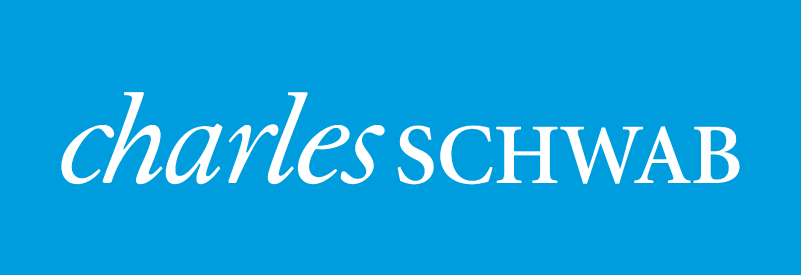In what has been one of the weaker months of the year, markets in June saw stocks, bonds, and commodities all close higher to wrap up the second quarter and first half of 2021. The stock market finished the month at or near record highs even though we saw quite a bit of movement during the month including the worst performance week since October followed by the best performance week since February. After all was said and done, global stocks returned about 1.5%, with the U.S. leading the way. Bonds also contributed a positive return to portfolios in June due to falling interest rates while investors weren’t very concerned about the creditworthiness of borrowers. Commodity prices edged higher again last month because oil prices moved 10% higher but other commodities like gold, copper, and corn lost ground.
Key drivers during the month included progression of the Delta variant of Covid-19 and handicapping Fed policy looking into 2022 and beyond. While our overall view as we look forward remains relatively constructive with regard to the stock market, we are continually monitoring risks posed by the pandemic and possible mistakes made in Fed policy.
Market Anecdotes
- The NASDAQ surged over 5% in June while the S&P 500 and R2000 managed gains of approximately 2%. Technology, energy, and consumer discretionary sectors led the way while financials, industrials, and materials lagged.
- Technology stocks were dealt a victory in late June when a U.S. federal court tossed out an antitrust suit from the FTC seeking Facebook’s breakup.
- Toward month end, Bespoke noted the DJIA broke a record 10 consecutive days of open to close declines – testament to the old-fashioned grind experienced in June.
- Record IPO activity of over $175b has already broken the prior full year record of $168b set in 2020 and M&A deal volume is also breaking record highs. Cheap money and significantly increased visibility relative to 2020 are the primary contributing factors.
- The 10yr UST bond yield fell for five consecutive weeks which helped push technology stocks back into a position of market leadership. This sustainability is under debate.
- For the first time ever, inflation (5% CPI) is running higher than prevailing junk bond yields (4.54% YTM), leaving the high yield bond market with negative real returns.
- The June Fed meeting highlighted divisions within the committee regarding policy normalization (tapering and rate hikes). The data suggested the possibility of two hikes in 2023 which was a notable change from no hikes until 2024 back in March.
- The 2y1d OIS forward relative to the 5yr1d OIS forward is suggesting last week’s Fed narrative may be a hawkish policy mistake as opposed to endorsing the narrative or indicating a dovish policy error.
- OPEC’s production policy pushed oil to over $74 in June, its highest level in nearly three years and a 5x increase over lows last spring. Other commodities took a breather in June with industrial metals (-3.18%), precious metals (-6.92%), and lumber (-45%) weakening.
- Emergency Covid-19 extended unemployment benefits are being dropped in many states prior to September’s program expiration including four states June 12, seven states June 19, ten states July 2, and four more states announced for July 10.
- A bipartisan group of Senators reached a consensus on a $1.2t infrastructure package including $579b in new spending. Democratic strategy combining the bipartisan infrastructure agreement with a partisan reconciliation package leaves ultimate passage of the infrastructure bill unclear.
Economic Release Highlights
- May’s Personal Income and Outlays report revealed relatively flat consumer spending (-2.0%) but spending on services increased nicely and April’s tally was revised higher. Personal income fell again in May but by only 2% following April’s -13.1% fall from the March stimulus checks.
- Headline and core PCE increased 3.9% and 3.4% respectively, the fastest pace for the core reading since 1992. The blend of higher prices and supply chain issues were clear.
- The May CPI report left inflation very elevated with headline and core MoM readings of 0.6% and 0.7% respectively and YoY readings of 5% and 3.8%.
- The June Employment Report at 850,000 came in well above consensus calls for 703,000 and within consensus range of 520,000 to 1,000,000.
- The May JOLTS came in just under consensus forecast for job openings (9.209M vs 9.3M) but sits at all-time record high levels.
- U.S. Retail Sales declined more than expected (-1.3% v -0.5%) but are coming off sugar high levels over the past few months thanks to the fiscal stimulus backdrop.
- Eurozone Retail Sales came in at 4.6% MoM and 9.0% YoY, both well in excess of consensus expectations.
- June ISM Services Index came in lower than consensus and prior month release at 60.1 vs 63.5 while the Manufacturing Index remained sky high at 60.6.
- The May U.S. PMI report reflected a robust environment with the composite reading of 63.9, manufacturing at 62.6, and services at 64.8. The May EZ PMI report (C,M,S) of 59.2, 63.1, 58.0 exceeded consensus estimates on both manufacturing and services fronts.
- June Consumer Confidence Index, following a soft May reading of 117.2, came in well above expectations (127.3 v 119.0) and above the high end of the range.
- Case-Shiller Home Price Index (for April) continued to track near record levels, coming in slightly higher than consensus estimates with 1.6% MoM and 14.9% YoY growth rates.
- Home sales data released in June showed Pending Homes Sales surging (8% vs -0.8%), New Home Sales dropping unexpectedly (769k v 868k), and Existing Home Sales coming in above expectations (5.8mm v 5.715mm), up 44.6% YoY.




Leave a Reply